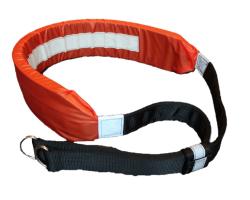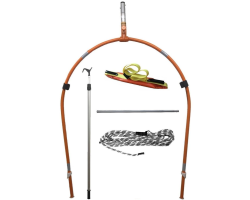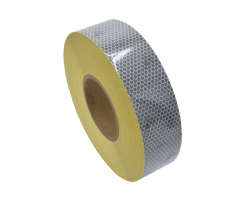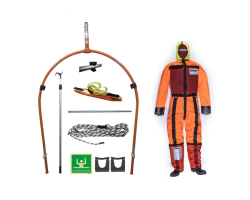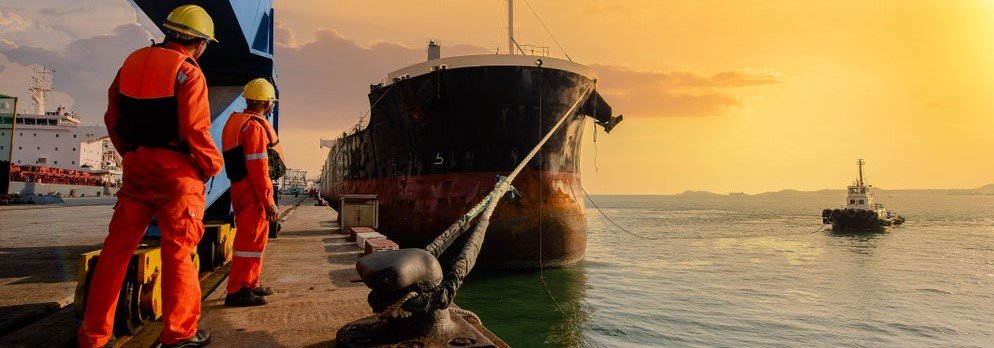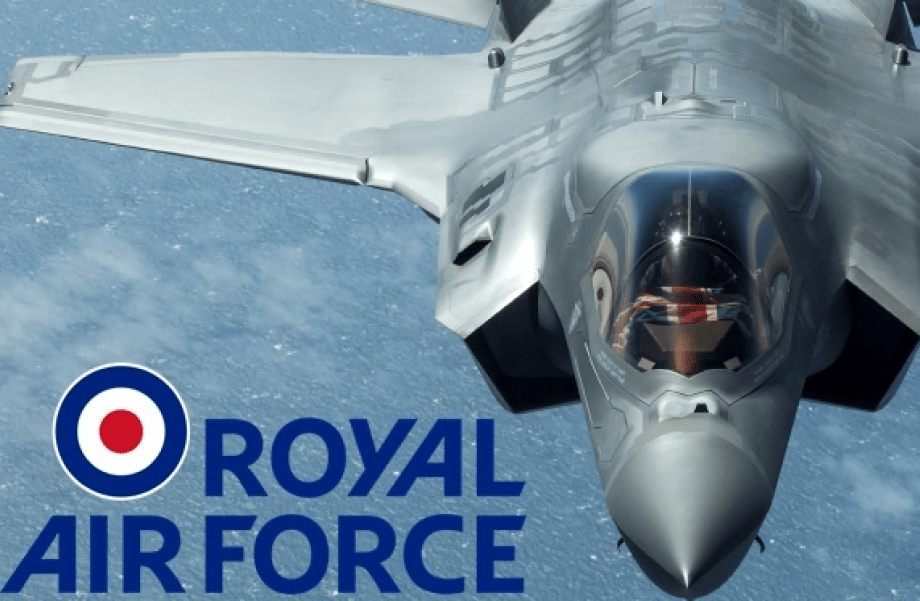Bespoke Company & Vessel Specific Manuals
Bespoke company & vessel-specific manuals
COMPANY & VESSEL-SPECIFIC MANUALS
Looking for Vessel-Specific Manuals?
In their standard forms, each of the ICB Training Manuals provide all the necessary generic information needed, plus an inventory section which the vessel's operators complete in order to make the manual specific to that particular vessel.
Alternatively, we can prepare vessel-specific manuals on your behalf and in a uniform format, either using information you have provided to us via a questionnaire and/or by surveying the vessel. We will then prepare the manuals incorporating your corporate logo and special covers if required.
Vessel-specific manuals are also ideal when the vessel is between-categories eg larger offshore vessels which fall outside the Workboats category (under 24 metres) but below the SOLAS category (over 500 tonnes).
Need a Company-Specific Manual?
We can provide you versions of the standard manuals which incorporate your company logo, company-specific instructions/standing-orders, special covers etc, whilst still allowing the vessel's operators to then complete their own specific information. The company specific manuals prove particularly helpful for companies operating a wide variety of vessel-types, and those who provide centralised training to vessels' crews.
Contact Us
Need any help? Get in touch with an expert via the contact form below.







